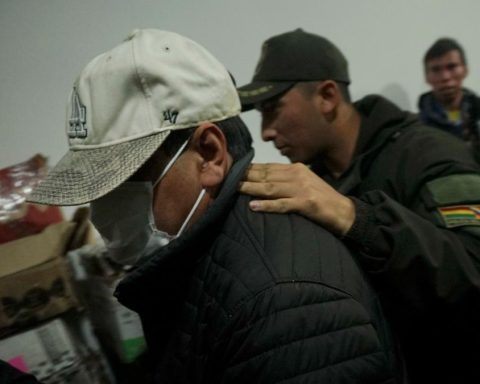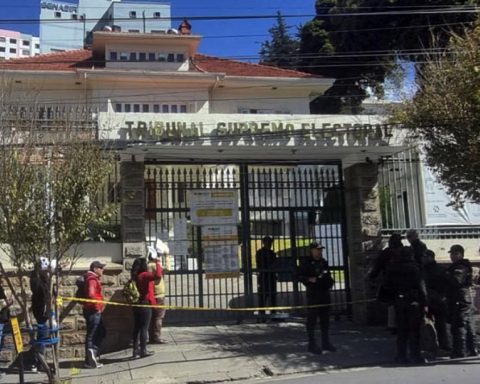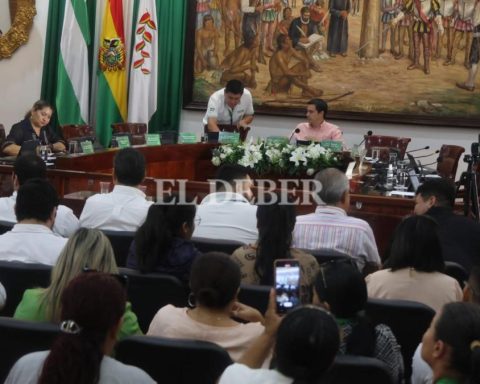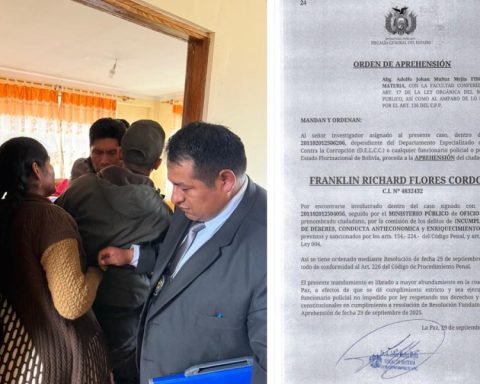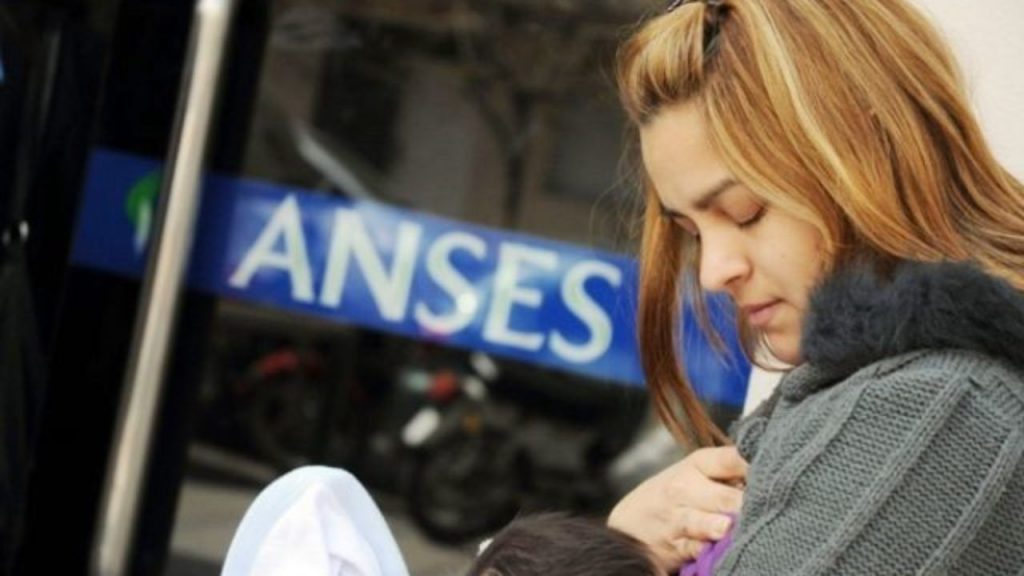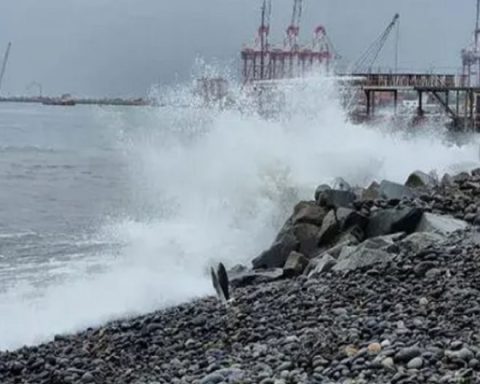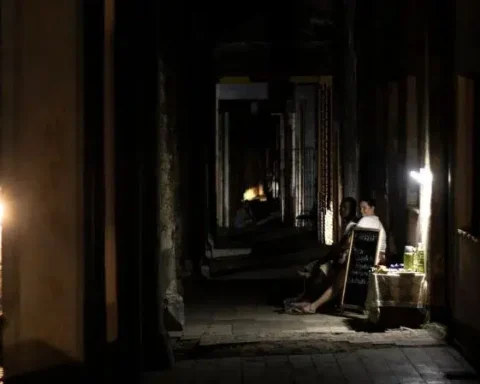October 9, 2022, 4:00 AM
October 9, 2022, 4:00 AM
“How many people, including children, adults and the elderly, live in each home? How many households are there in each dwelling? What is the name of the person who gave the information?” With these three questions, the brigade members of the National Institute of Statistics (INE) reach the neighborhoods of the cities and knock on the doors of the houses.
The director of the INE in Santa Cruz, Juan Sabino Quisberth, explained that with the answers obtained, the “mapping update” is carried out, the first field activity with which the next population and housing census is planned. He clarified that the “statistical secret” is in force, which allows guaranteeing the individual rights of each respondent. For example, the name of the person who gave the data it may not be published even by court order.
“The information provided by informants may not be disclosed individually and may only be published anonymously (without revealing names). Likewise, It may not be used for tax, judicial, administrative or police purposes, even if there is an administrative or judicial order.”, states Article 5 of Law 1405 of Official State Statistics. Based on this norm, Quisberth asked the population to support the brigades that the INE deployed.
Updating the cartography generates a database that allows executing “segmentation”, a procedure by which each enumerator will be assigned a certain number of dwellings. Melvy Vargas, demographer at the Universidad Autónoma Mayor Gabriel René Moreno (Uagrm), He pointed out that each census taker must have up to 20 ballots to fill out properly in each household.
Depending on the density of each apple, the INE may send one or several interviewers on the day of the census, also called “day D”. In a block or block of a capital city, for example, up to 30 or more families can live if condominiums are built.
Before the census was postponed, due to the effect of Decree 4760, the Government assured that the process was underway. The Minister of Planning, Sergio Cusicanqui, in the interpellation before the Legislative Assembly, assured on June 25 that the census would be carried out on November 16 of this year. That day, he stated that the cartographic update was at 23% on a national scale and that it was possible to reach 100% by the end of August.
These projections collapsed with the two-year delay suffered by the census. The INE reported that, until the beginning of October, the cartographic update was close to 30% and that the total process was going to demand 18 months. Vargas considered that this projection is loose, since it does not take into account what was advanced until July 13, when the development of the survey was postponed.
Quisberth was on October 6 in the Plaza El Mechero, in the Three Thousand Plan. There he announced the completion of the census work which, in the case of Santa Cruz de la Sierra, It started on July 11. He announced that by February of this year the process will be completed in the capital, in addition to its citadels and remote neighborhoods.
In the rest of the department, the process will end at the end of 2023.
FIELD WORK
They are equipped with digital tablets donated by China. The updaters go through the neighborhoods of the country to prepare the population and housing census.
ADVANCES
In the capitals of Oruro, Potosí, Trinidad (Beni) and Cobija (Pando), the mapping update was completed. In Tarija and Sucre, the process exceeded 50%, while in Santa Cruz 30% compliance is reported. The furthest behind are Cochabamba, La Paz and El Alto.

